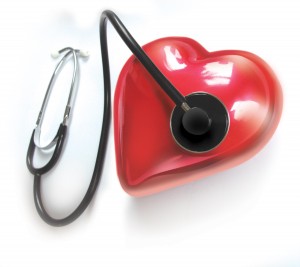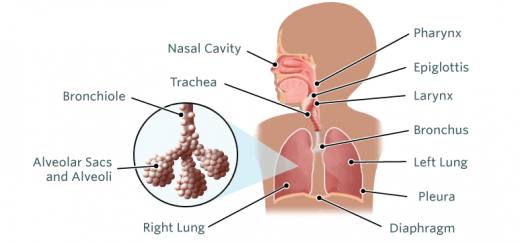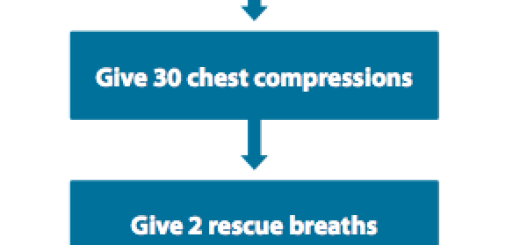What is the difference between a heart attack and angina?

If you are able to identify the signs of a heart attack or angina, you could save yours or somebody else’s life. Seeking medical help immediately will minimize heart damage and ultimately save lives.
Signs and symptoms of a heart attack
Many people expect a dramatic heart attack like in the movies so unfamiliar symptoms may feel normal. For example, you may confuse abdominal discomfort as indigestion.
The following are some common signs and symptoms of heart attack that you should watch out for:
- Tightness in your chest, pressure or a squeezing sensation in chest or arms which may spread to the neck, back and jaw
- Shortness of breath
- Cold sweat
- Unexplained fatigue
- Nausea, heartburn, indigestion or abdominal discomfort
- Sudden dizziness
- Lightheadedness
Note that symptoms may vary amongst individuals. Some victims may experience mild pain, while others may have severe pain. Some may experience no symptoms at all and some may experience a sudden cardiac arrest as the initial symptom.
If you suspect someone is showing signs of a heart attack, follow these steps:
- Call emergency medical help immediately
- Ask the victim to chew a 300mg aspirin tablet
- If the patient stops breathing, becomes unconscious and doesn’t respond to you, start CPR immediately. If you are not CPR trained, call your local emergency number and the dispatcher may help you follow through the steps
- Continue CPR until help arrives and don’t leave the patient
Signs and symptoms of angina
It may be difficult to distinguish a heart attack from angina. Angina is temporary chest pain which takes place when the heart isn’t receiving enough oxygen to function.
This usually occurs because the blood vessels that supply oxygen and blood to the heart muscle become obstructed or narrowed, limiting oxygen supply.
Common triggers for angina include physical exertion, heavy meals, strong emotions and extreme temperatures (hot or cold).
Symptoms of angina resemble those of a heart attack. They commonly include:
- Chest pain, tightness or discomfort
- Pain in the arms, shoulder, back, neck or jaw along with chest pain
- Shortness of breath
- Nausea
- Fatigue
- Sweating
- Dizziness
For stable angina, often predictable triggers lead to symptoms. In such cases, the patient should stop what they’re doing, rest and take nitroglycerin (GTN) as prescribed by the doctor. This often comes in the form of a spray which the patient uses under their tongue.
Make sure they follow the instructions given by their doctor and know when you seek emergency medical help. If medication prescribed by the doctor don’t relieve symptoms then seek emergency help.
In case of unstable angina, symptoms occur at unpredictable times and don’t go away with medication or rest. Unstable angina can be difficult to distinguish from heart attack symptoms therefore, seek emergency medical help immediately. Avoid taking someone else’s nitroglycerin if you’ve never been prescribed to take it and you’re experiencing chest pain for the first time.





